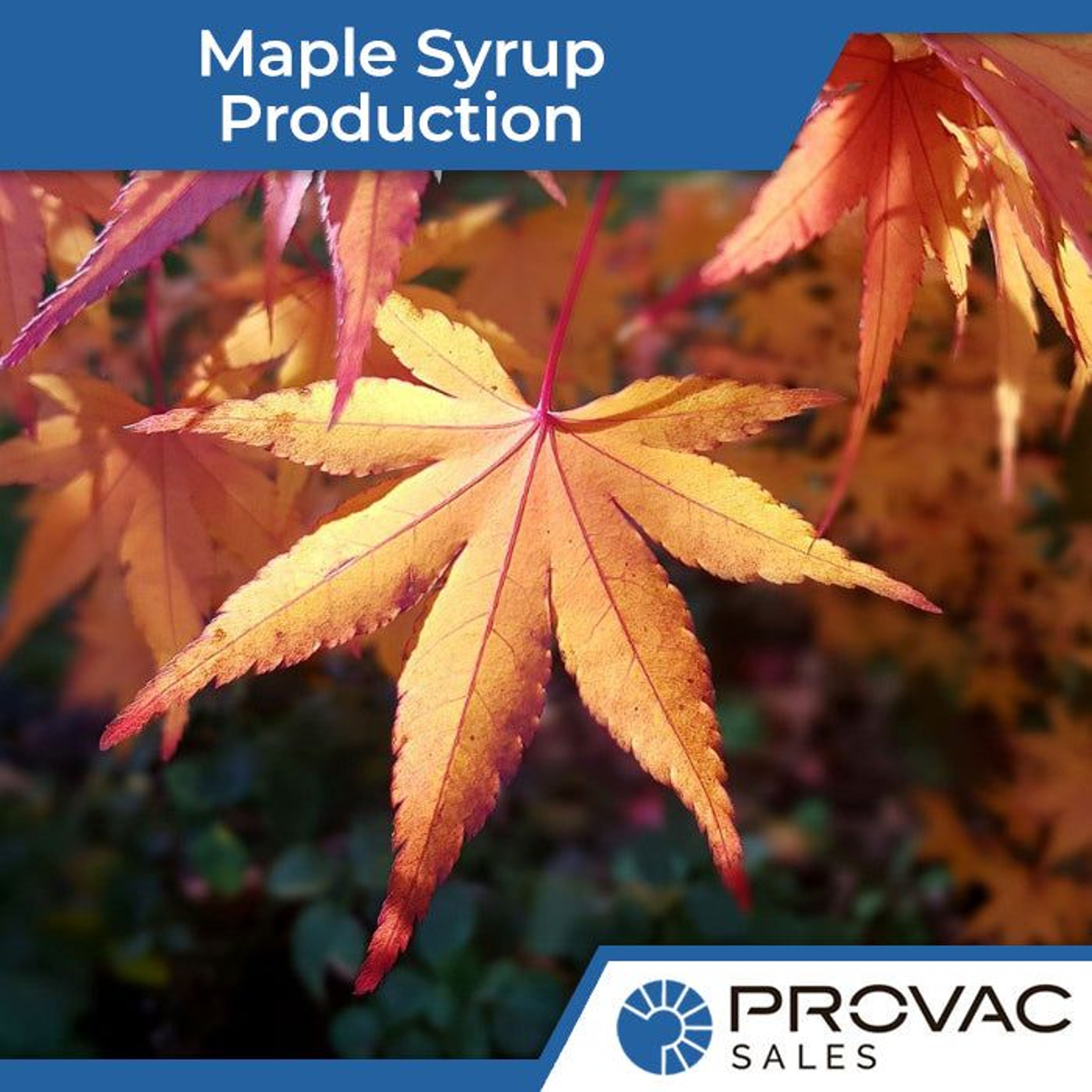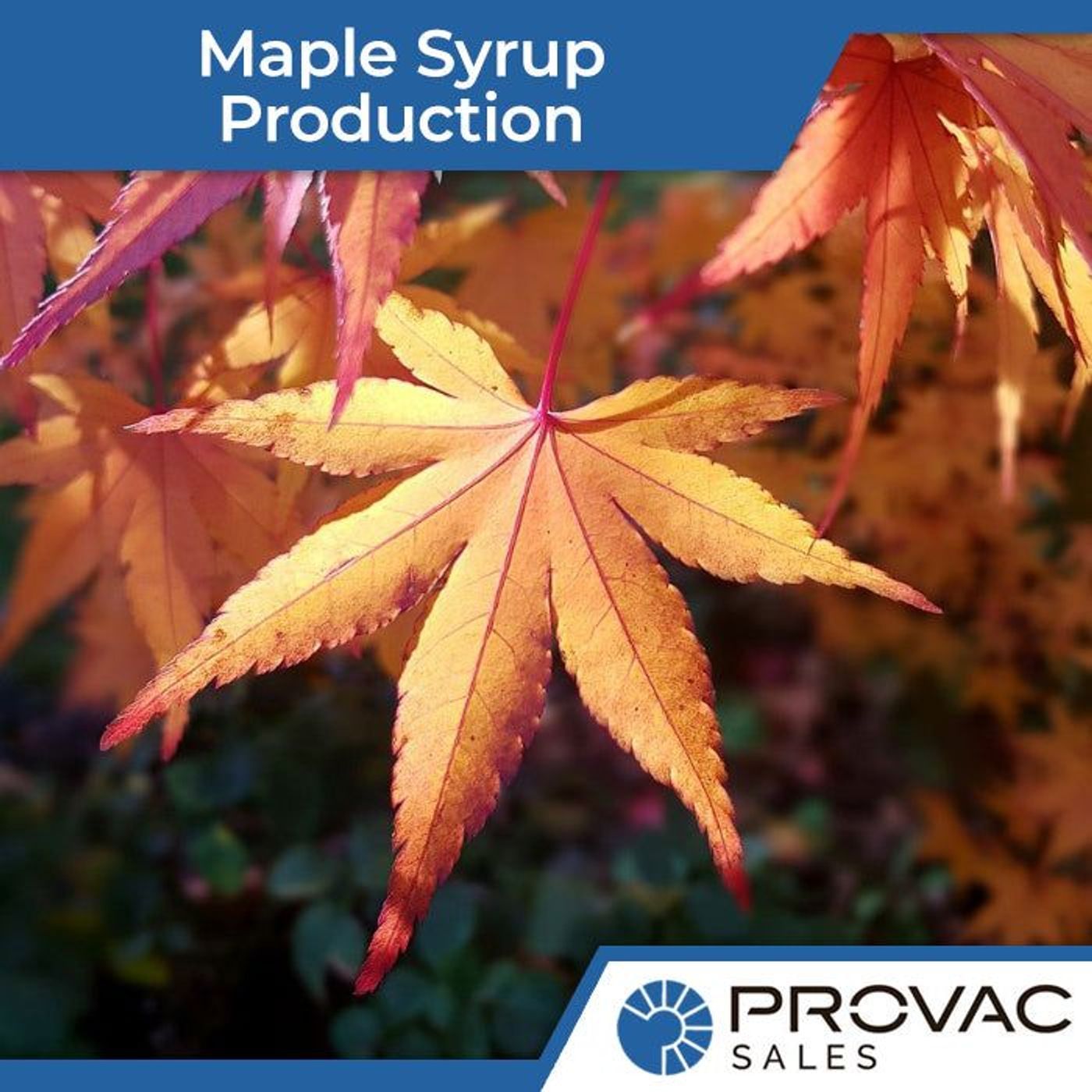In order to induce sap flows, maple syrup production usually takes place during the winter months because both freezing evenings and warm days are needed. The traditional way to gather the sap is to drill holes into the maple trees, and then hang buckets from them. However, this takes a lot of time to do and it isn't that efficient.
Today, on the industrial scale, sap is collected differently. A plastic tubing and liquid ring vacuum pump are used. This method allows for increased production. Not only that, but it ensures the sap arrives clear and close to the sugar house.
In this application, the widely used vacuums are single stage and two-stage. The requirement typically needed in a vacuum is 23” to 28” HgV. There are pumps out there that can run with either oil or water, and different pumps have different configurations.
Generally speaking, maple syrup is made from xylem sap from red maple trees, sugar maple trees or black maple trees. It can be made from various other types of maple species trees. Right before the winter starts, the trees start storing starch in their roots and trunks.
Eventually, the starch turns to sugar. This happens later in the season, as well as early spring. In order to exude sap, drill holes are made into the trees' trunks.
Modern methods of collecting sap involve using polymer lines that connect to thousands of trees. These lines cover thousands of miles and they go to centralized collection points. Some sugar-makers have as many as 60,000 taps. In order to establish a vacuum on the lines that collect the sap, Tuthill A series pumps are used.
The above method allows sugar-makers to easily collect raw syrup. The entire process is efficient. This includes all steps of the process from collecting it, bottling it and then serving it to the customers.
When the sap comes out of the tree, it is mainly clear water, and it contains about 2% sugar. Each gallon of syrup made usually requires around 40 gallons of sap. The sugaring season typically lasts for up to six weeks.
Pressure builds within the trees as a pattern of thawing and freezing temperatures start to occur. This pressure builds to the point that the sap starts to go through the drill tap holes. Some of the largest maple trees in the state of Vermont are well over 100 years old, but sugar-makers perform their work in a way that will help keep the trees healthy.





